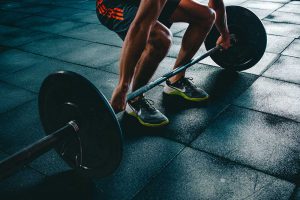HIGH PERFORMANCE TRAINING AND SPORTS PERFORMANCE

Better performance, speed, better results and fewer injuries. These are the pillars of what is intended in high performance sports.
In addition to the technical and tactical quality of the athletes, it is their mentality that most influences their performance levels. Therefore high-level athletes give priority to all aspects that influence their abilities in a global way.
With above in mind, we have created a High Performance Training Program and Sports Performance that aims to provide the athlete with advanced tools and techniques capable of boosting their results.
The Sports Performance is especially designed for athletes practicing any sports and has as main objectives the prevention of injuries and improvement of their performance.
It consists in several stages, starting with a physical evaluation monitored by a specialist in high performance and sports performance. In this stage, any possible risk factors or predispositions for the appearance of injuries will be identified and, consequently, a specific and personalized training plan will be created.
The plan will follow numerous premises, focusing on some key points, according to the sport. Whether it be collective sports, individual sports, motor sports or even indoor sports, the following points will be taken into account:
1. DEVELOPMENT OF PHYSICAL CAPABILITIES: where Strength, Power and Muscular Resistance will be developed.
2. PREVENTION OF INJURY: The unpredictability, the dynamics and the speed with which the various sports take place, increase the risk of injury. The muscles and joints of an Athlete are constantly exposed to great exertion, through high amplitude movements, sudden changes in direction or speed, jumps, shots, unexpected muscular contractions, etc. Developing and strengthening all of the muscles is crucial for greater joint protection and better muscle response.
3. CORRECTION OF MUSCLE IMBALANCES: As in many sports, the repetitiveness of some movements forces a greater involvement of certain muscle groups to the detriment of others and, consequently, to the appearance of imbalances in the musculature. The existence of a specific work of re-education and of the search for the balance of these same structures is something that can be found in our training programs.